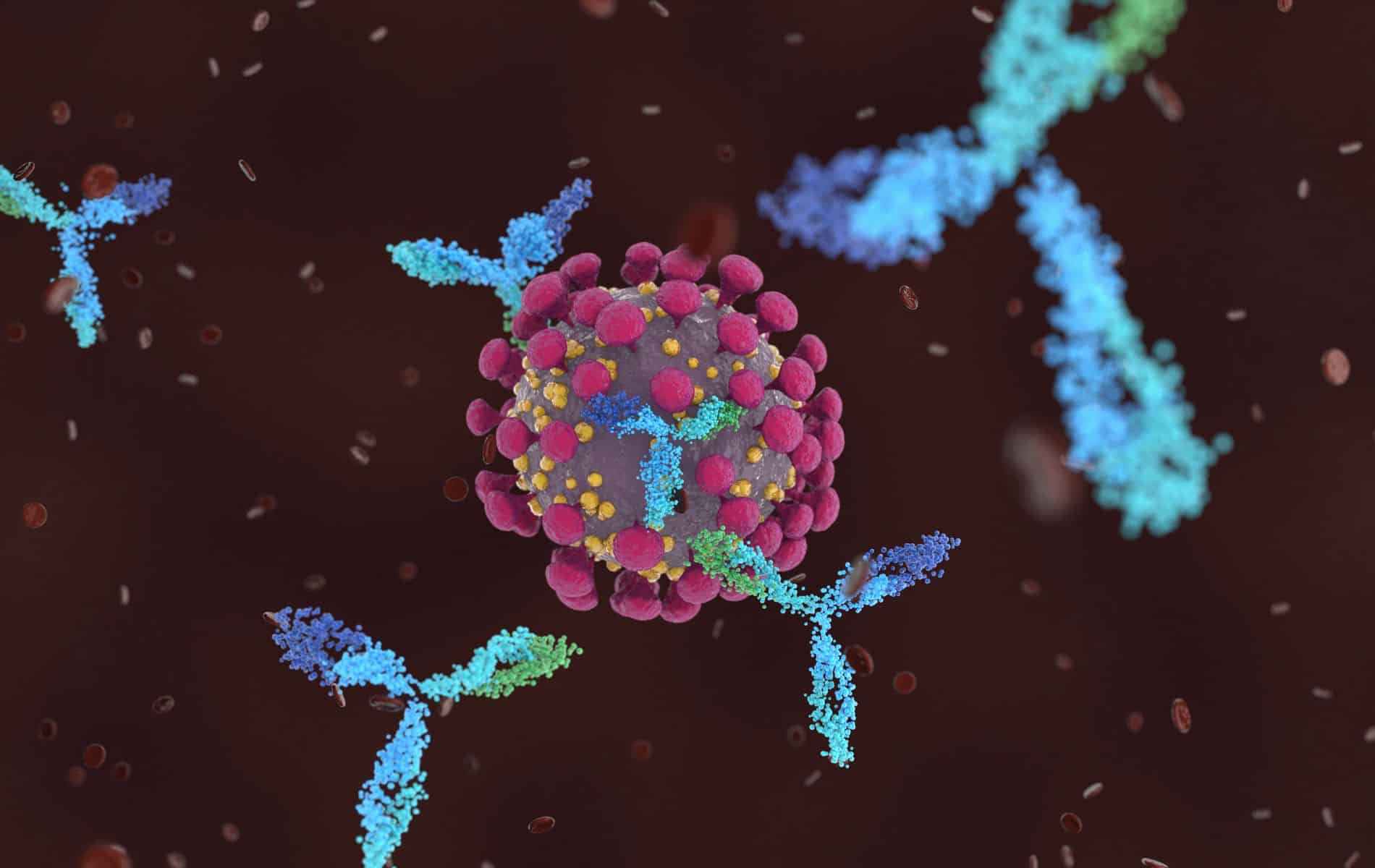It relates to a protein that ensures that certain viruses, including the coronavirus, are not detected in some people.
In many cases, when pathogens enter our bodies, alarm bells ring in immune cells. These “alarm bells” are the so-called flaming bells. A type of alarm system consisting of molecular sensors that our body uses to sound an alarm when an infection occurs. However, exactly how these sensors work, for example how they initiate a response to threats such as invading pathogens, remains a mystery. But in a new study, biologists describe a previously unknown way the immune system detects certain viruses.
More about infections
Inflammasomes are actually the warning systems in inflammatory cells that mobilize chemicals needed to protect against infection. Once activated, these inflammations can, among other things, release chemicals known as cytokines. These cytokines enhance the immune and inflammatory response that can help protect us from viruses or bacteria.
This story stars the immune inflammatory protein CARD8. What the researchers discovered is that this protein can act as a kind of “tripwire” for our immune system. Specifically, CARD8 prevents certain viruses, including SARS-Cov-2 that causes COVID-19, from being detected in some people. In short, they lost the genetic ability to detect corona infection with the newly identified CARD8 sensor.
viruses
Based on a single genetic difference, these individuals are unable to detect corona infection. But that doesn’t mean they don’t have a chance with every virus. “In fact, these people acquired the ability to detect viruses from another family, namely enteroviruses,” says researcher Matt Dougherty. Enteroviruses are a group of RNA viruses that are known to cause various diseases. One of the most common enteroviruses is the poliovirus (which causes polio) and the rhinovirus (which causes the common cold).
Different
This finding indicates that the CARD8 protein works differently between people. “It seems like an evolutionary trade-off,” says Dougherty. “CARD8, in a way, determines which viruses get detected and which don’t. It’s amazing to see this evolutionary trade-off between cognition and unawareness of one virus over another. Amazing thing.”
bat
In addition, the researchers discovered that CARD8 also differs between different animal species. For example, it appears that the bat version of the protein cannot detect coronaviruses. And that’s interesting. This may explain why bats are easily infected with coronaviruses and thus constitute a virus reservoir.
development
The findings, which are the result of a series of experiments in human cell lines and an analysis of genetic variation of CARD8 between mammals, provide evidence that the CARD8 protein has evolved dramatically between different mammalian species and humans. “We hypothesize that CARD8 is a rapidly evolving innate and polymorphic immune sensor for RNA viruses,” the authors concluded.
There is still a long way to go
Despite this new understanding, there is still a long way to go before scientists fully understand the workings of our immune system. “We’ve just reached the tip of the iceberg,” says Dougherty. He says there’s still a lot to learn about how immune sensors sound the alarm when pathogens enter our bodies.
In addition, more studies are needed to determine the role of CARD8 in the severity and duration of MERS-CoV infection. “It is tempting to speculate that CARD8 is a contributing factor in how a person becomes ill with COVID-19,” the researchers wrote in the journal. Biology PLUS. Whether this is indeed the case remains to be seen with further research.

“Total coffee specialist. Hardcore reader. Incurable music scholar. Web guru. Freelance troublemaker. Problem solver. Travel trailblazer.”






More Stories
Two dengue patients at HOH
What are the main differences between humans and other mammals?
By Theo Olthuis: “Space gave its soft wings of sound”